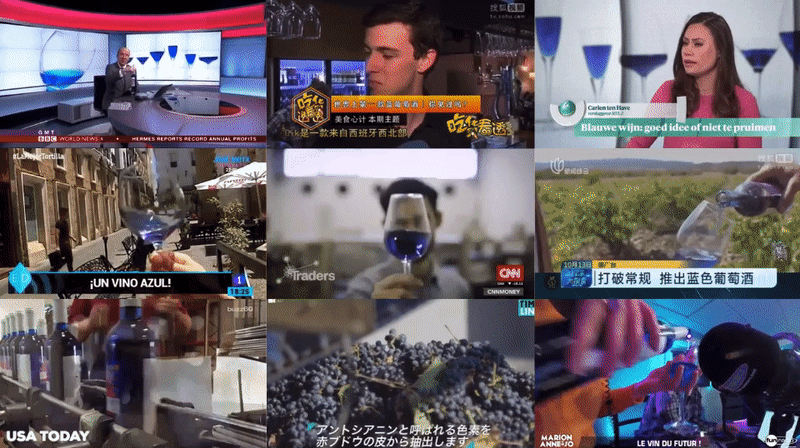Introduction
May 9, 2015. I will always remember that date because it changed my life forever. On that day, my startup was featured in the news of a major Spanish TV channel and I became a successful entrepreneur overnight. The website crashed due to the huge amount of visitors and my phone was receiving so many calls and texts that the battery couldn't take it. But this was just the beginning: during the following months, we were featured in thousands of media outlets from all over the world and we made over one million euros with a non-existent marketing budget — and the product wasn't even finished.

Before our stream of media coverage, I was a 23-year-old college dropout with a product that no one wanted to invest in. I was sleeping at someone else's workshop and I couldn't even afford a mattress. We were trying to innovate in one of the most traditional and well established industries of the world: the wine industry. And almost overnight, our first wine was suddenly so relevant and viral that journalists were knocking at our door and customers were placing orders quicker that I could count them. We earned hundreds of thousands of page views that translated into sales with a 5.4% conversion rate and the lowest customer acquisition costs you could ever imagine.
This didn't happen by accident. Getting media coverage was my plan all along and I was very deliberate about it. So much so that every aspect of the project, from the naming of the brand to the recruitment of my co-founders, was done in a way that would allow us to become newsworthy and grow rapidly without a marketing budget. Every feature and characteristic of product itself was conceived to add up to the newsworthiness of the story. And I was only able to do this because I had a good understanding of Mass Media Dynamics: I knew what is and what is not considered newsworthy.
After our success with the blue wine, we created other wines following the same strategy. And it kept working like a charm over and over again: our new products were featured in major media outlets of many countries, turning them into commercial successes overnight. Even before each product was finished and ready to be sold, we had customers placing orders thanks to the media coverage we were able to achieve. This allowed us to test the market and be strategic about many decisions before making big investments. That is why we say that media coverage is the ultimate growth-hack. It will allow you to test the most important aspects of a business without needing investors or loans, and therefore giving you great freedom to experiment and innovate. It will allow you to scale up at a speed that otherwise would not be possible. And it will allow you to go mainstream really quick — something that is useful when you are not so sure who is exactly the right customer segment and you need to experiment and learn quickly.
And if you do it right, it will get you into BBC News, USA Today, The New York Times and a hundred more media outlets at no cost — that is literally what happened to me. You will simply go mainstream for free. And it's entirely possible that you sell a million euros in your first year with zero marketing budget, like we did.
This is why it really breaks my heart to watch talented entrepreneurs fail because they don't know how to attract people's attention. It's just a tragedy that projects keep failing to get free media coverage or that they end up developing a great product that no one cares about or even hears about. And what makes these failures particularly painful is not the financial damage done to founders, employees and investors; what really breaks my heart is the waste of the most precious resource: time.
As a result of the success, my company got acquired by a larger international brand, giving me a chance to work on new projects and spend some time sharing my knowledge with other startups and companies. Unsurprisingly, most of the companies that I help are facing the same problem and they don't even know it: their story (if they even have one) is missing basic elements of interest. They are missing what we call a Dinosaur. They have a good product, but lack something that makes them remarkable and newsworthy.
When I tell the people about Dinosaurs, people usually reply:
— But we are launching a whatever, there is nothing we could possible do to make it newsworthy. It's just whatever.
Don't even think that way. You need to get rid of the ”it's just a…” mentality. I've done it with wine, skateboards, gummy bears, jewellery, online courses, architecture marketplaces, dog food… you name it. Everything can be remarkable, newsworthy and fucking fantastic — and your company is no exception. You simply need to find a Dinosaur.
So here it is: News-Worth Creation (formerly known as Where is the dinosaur?) The ultimate guide to developing a product that people care about and getting your startup into any media outlet, reaching thousands of hundreds of customers at no cost.
Let's find you a dinosaur.